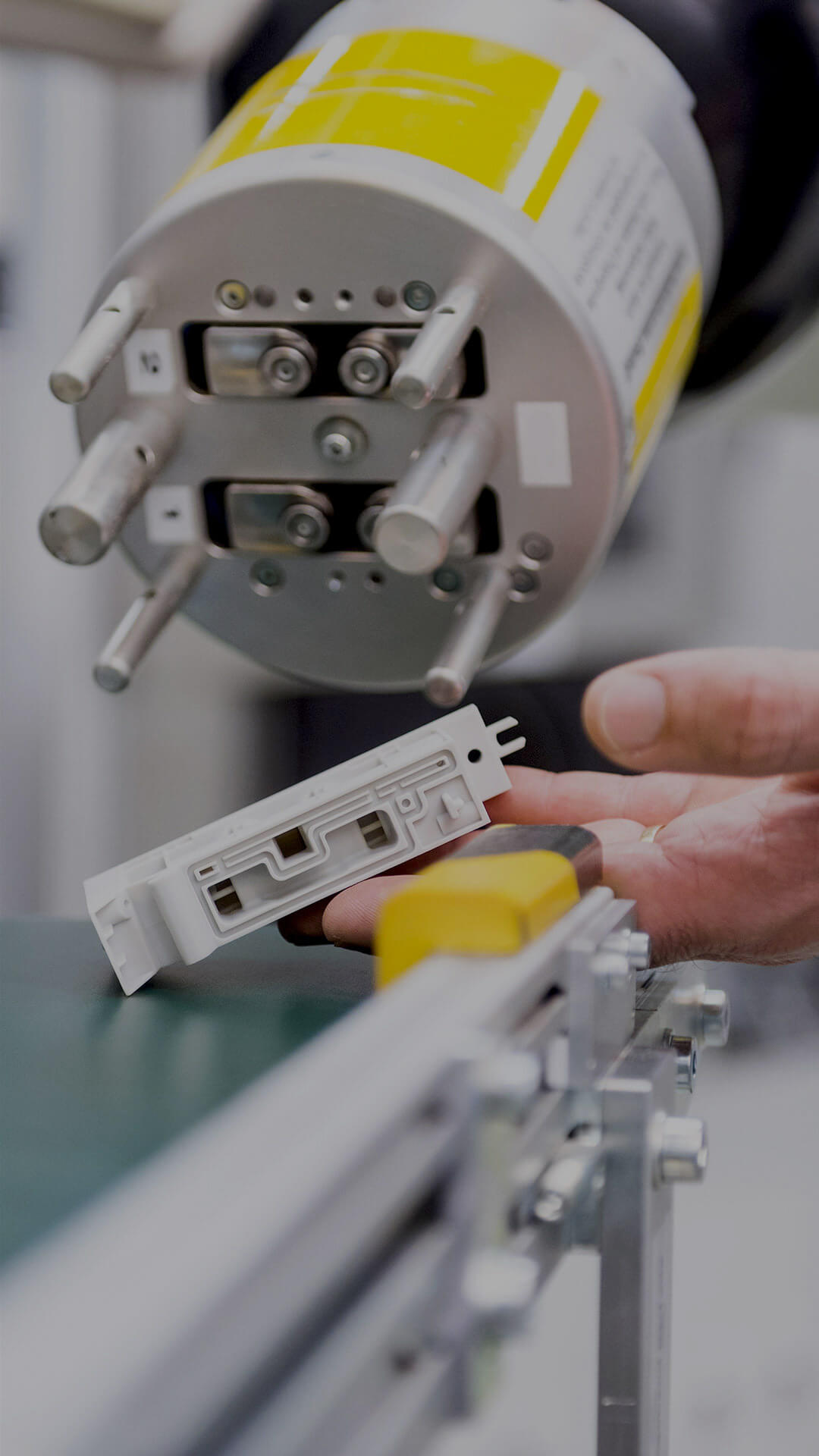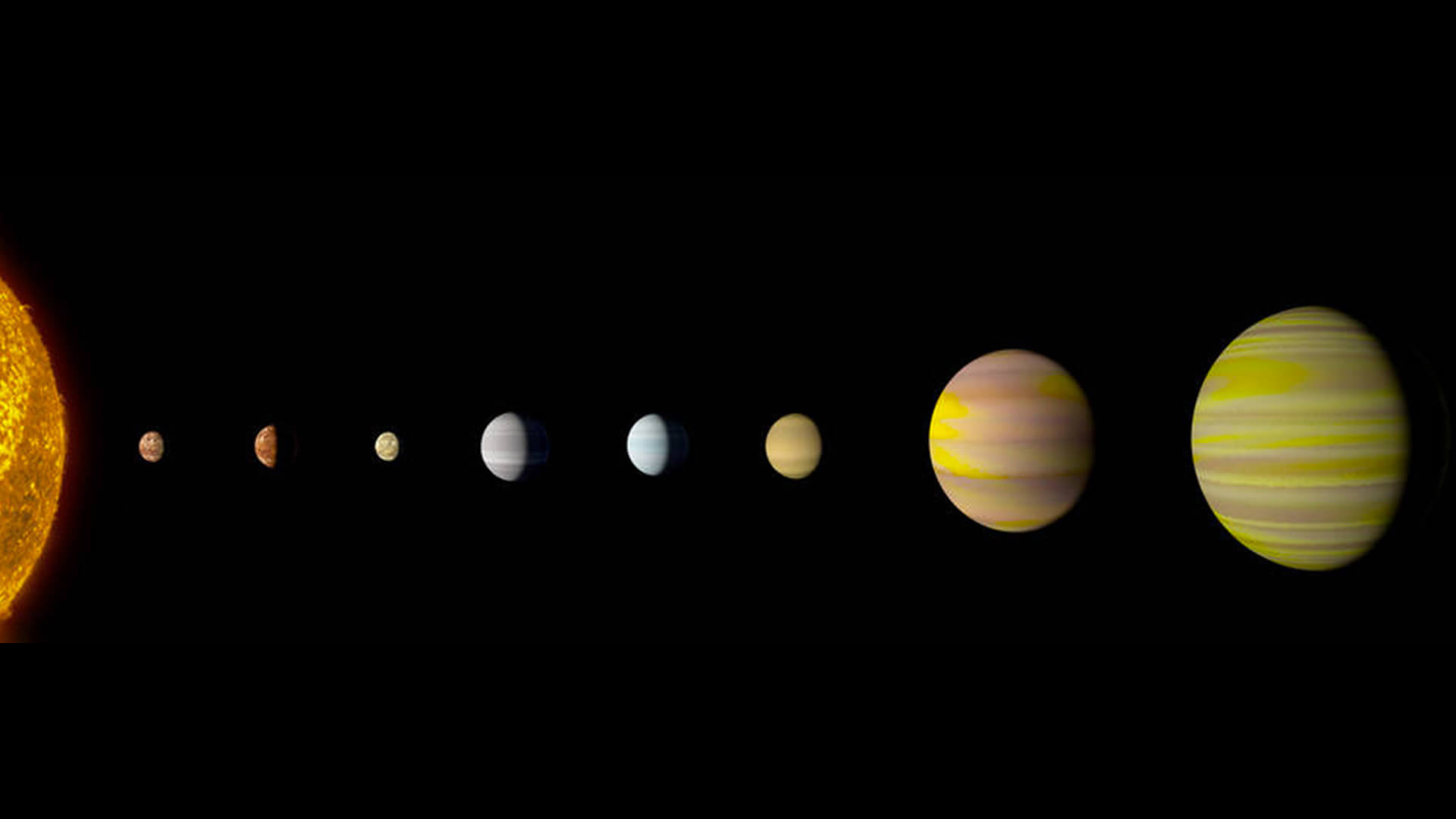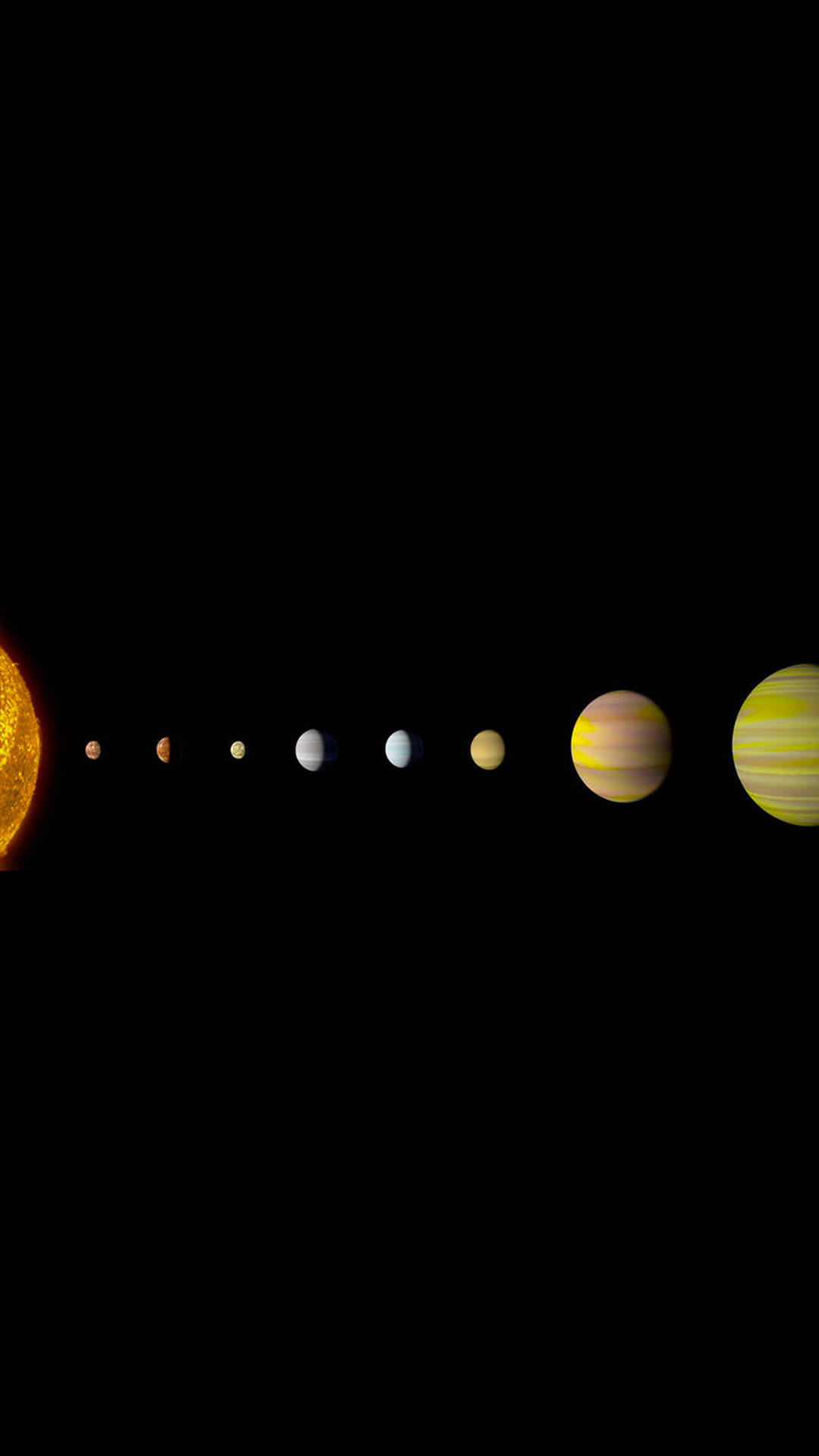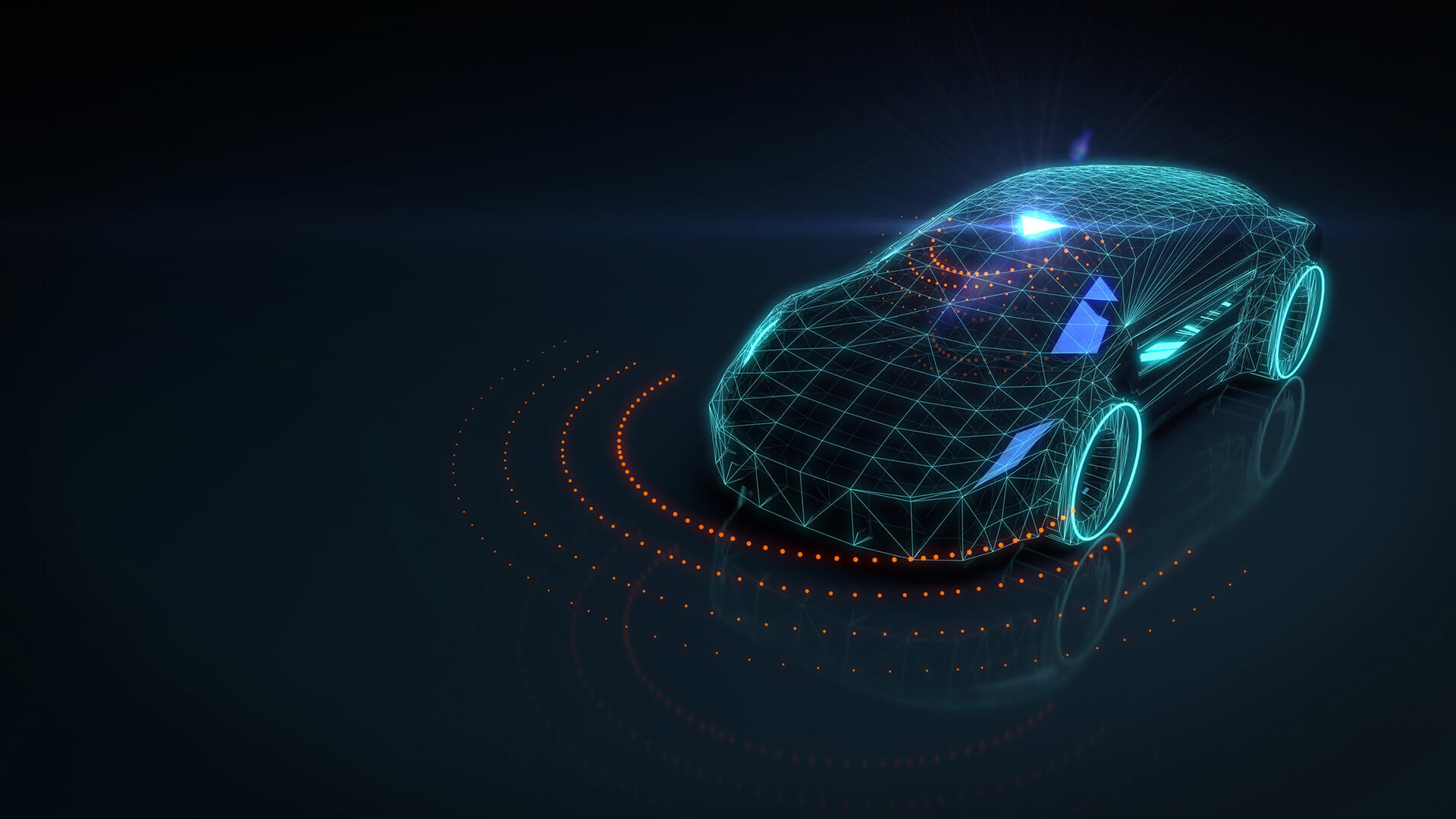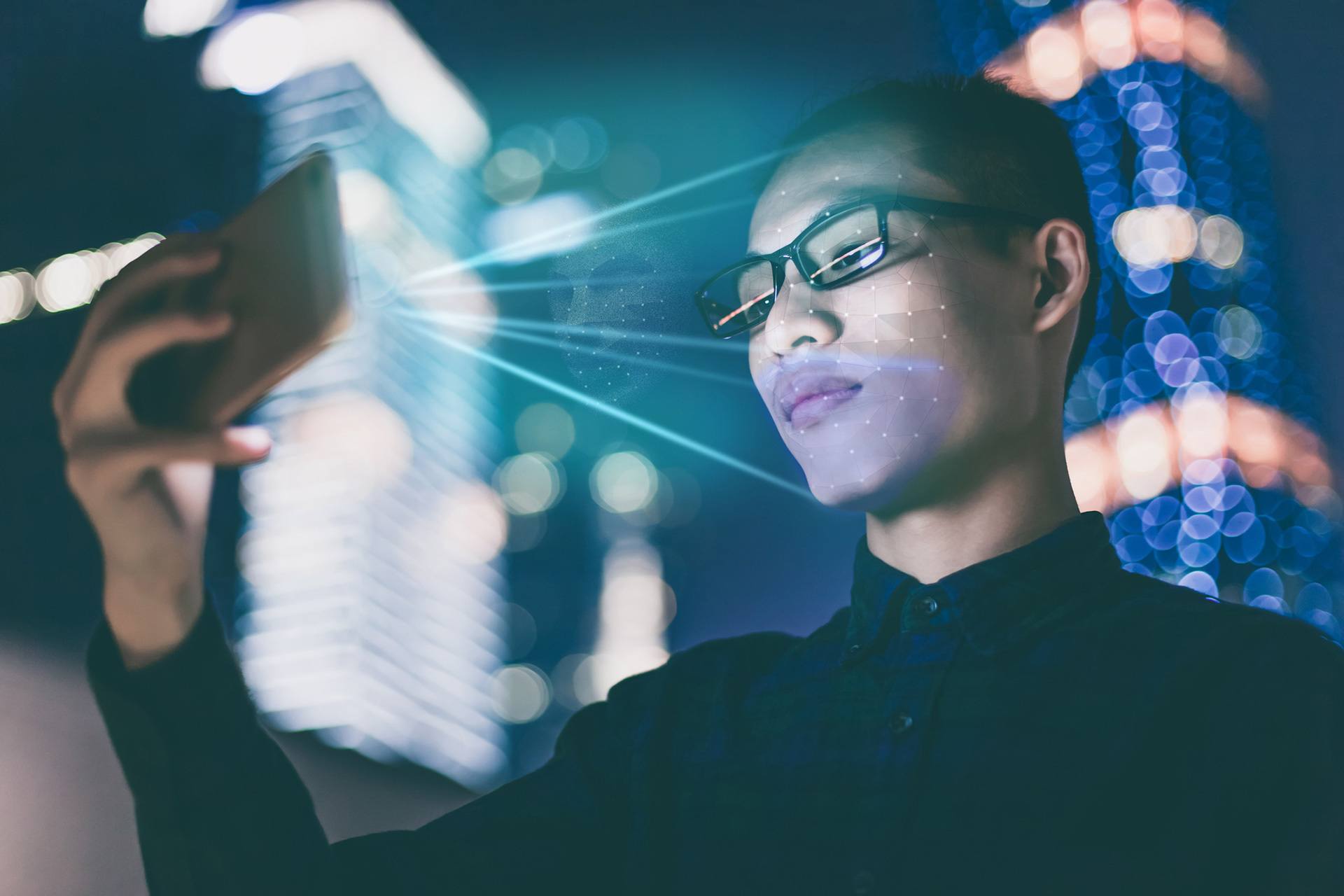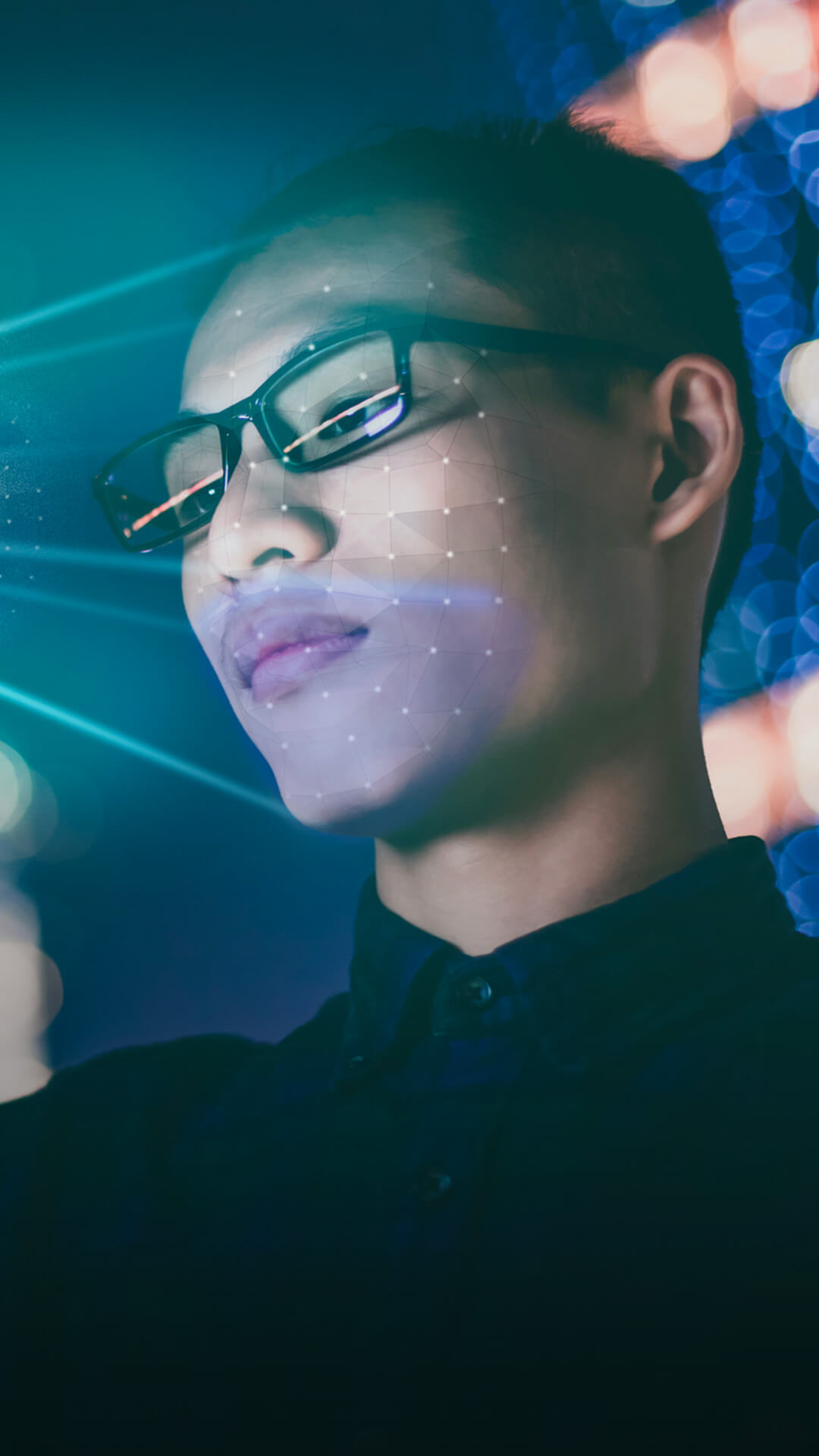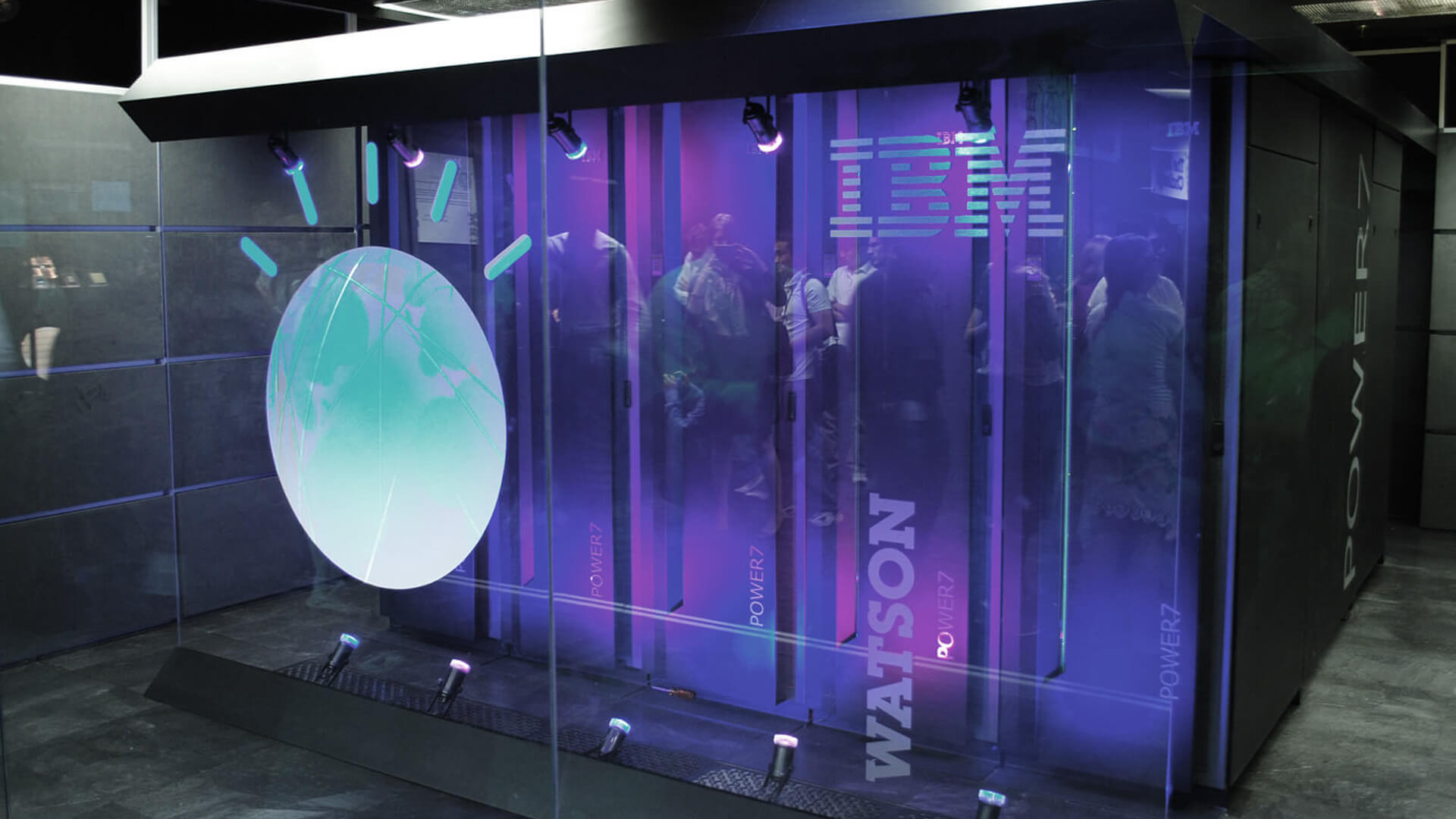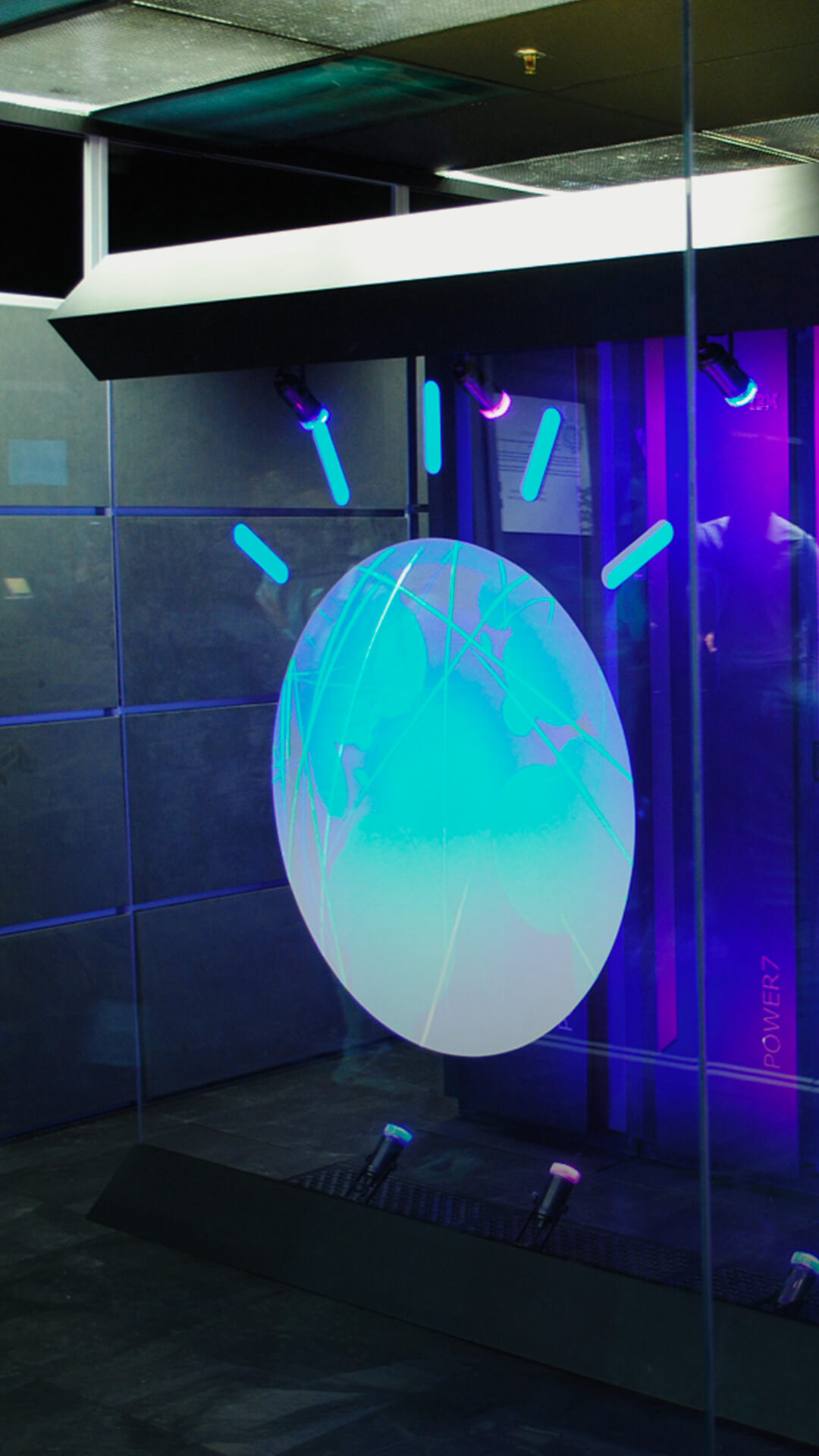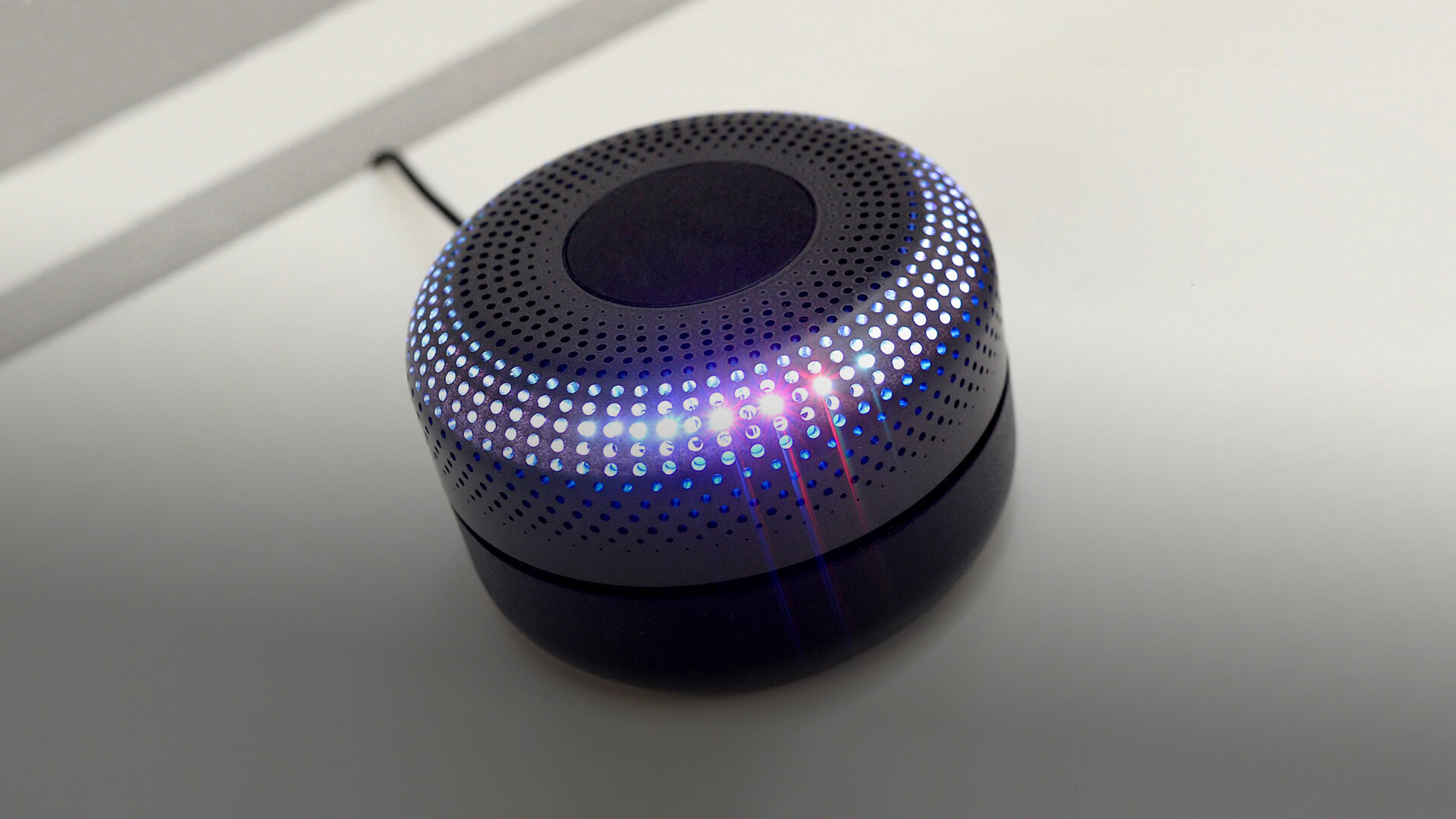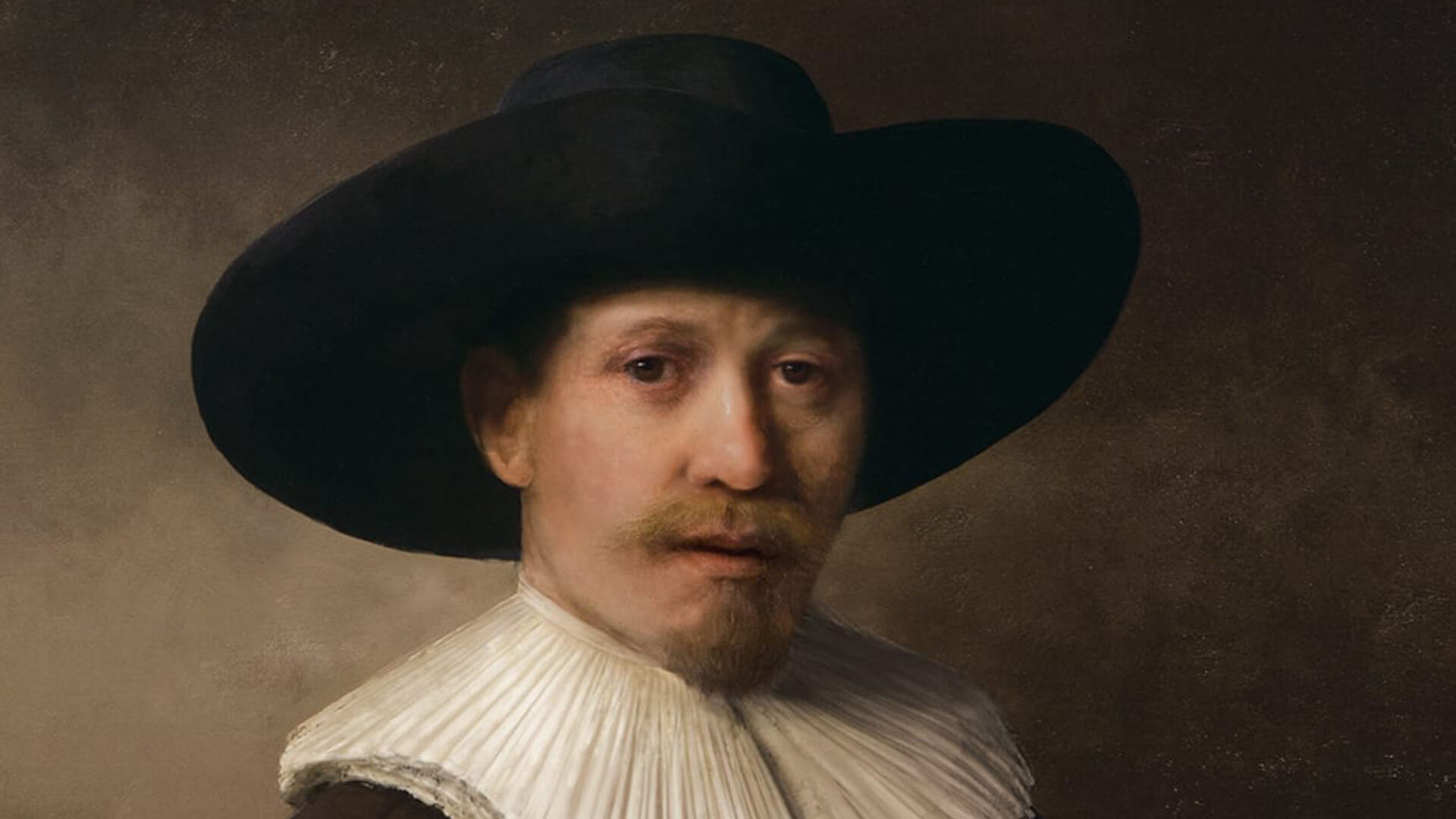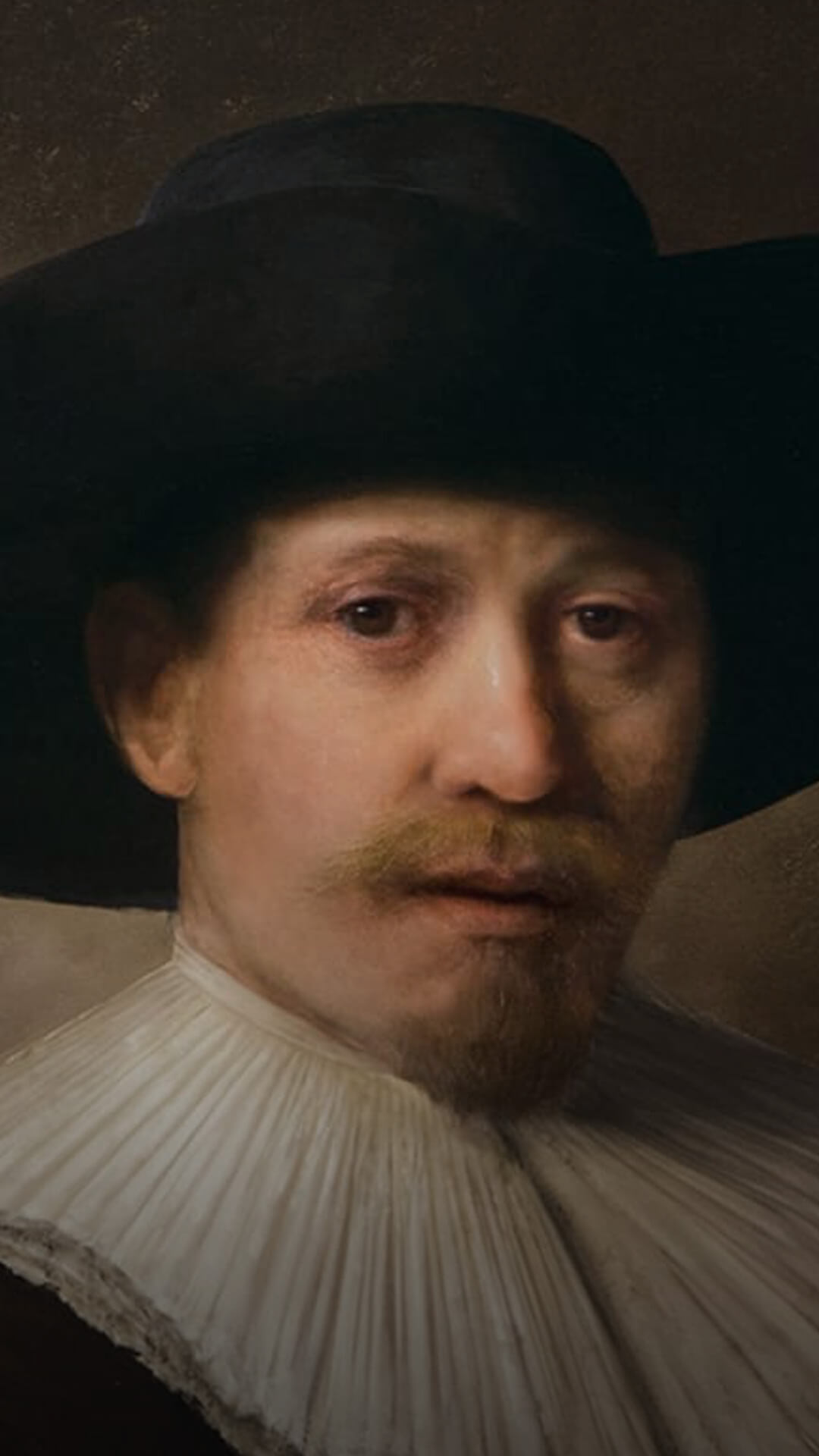Methods enabling a machine to evolve via a systematic process and to adapt its analyses and behaviour based on the analysis of empirical data from a database or sensors. It is used in fraud detection, diagnosis assistance, robotics, etc.
Set of machine learning techniques based on artificial neural networks that are composed of thousands of calculation units and organised in layers. It is used in image recognition, machine translation, natural language processing, etc.
Programs that are able to perform tasks such as ordering train tickets, finding film times, etc. using voice commands. They are to be found in smartphones (Apple's Siri, Samsung's S Voice), computers (Microsoft's Cortana), smart speakers (Amazon's Alexa, Google Home, and coming soon in Orange's Djingo).
Singularity marks the appearance of a super artificial intelligence that self-improves to the point of outperforming human intelligence, which could mean the end of humanity. A possibility that is disputed by many scientists.
A movement that advocates the use of science and technology to enhance the physical and mental characteristics of human beings (symbol H+ for Humanity+). The most well-known proponent of this ideology is Raymond Kurzweil, director of engineering and research at Google.
The autonomous car (or truck, or boat, or train) is a vehicle capable of navigating without human intervention, thanks to AI combined with shape detection and recognition systems (cameras, radars, lidars, sonars).
A chatbot, or artificial conversation entity, is a computer program that can converse with users via auditory or textual methods, often within a messaging application. AI enables chatbots to improve with usage.
Set of machine learning techniques based on artificial neural networks that are composed of thousands of calculation units and organised in layers. It is used in image recognition, machine translation, natural language processing, etc.
Weak AI refers to specialised algorithms dedicated to a specific task: virtual assistant, autonomous car, automatic translation, image recognition, etc. All current AIs are weak.
The autonomous car (or truck, or boat, or train) is a vehicle capable of navigating without human intervention, thanks to AI combined with shape detection and recognition systems (cameras, radars, lidars, sonars).
Cobotics, for collaborative robot, consists of building robots that help human operators for particular tasks or situations (in an industrial environment, an underwater environment, or one that is hostile for humans).
The uncanny valley is a theory from Japanese roboticist Masahiro Mori, according to which the more an android robot is similar to a human being, the more its imperfections appear monstrous to us.
AI that is referred to as strong has the ability to be self-sufficient, to evolve, and to reproduce human behaviour, acquiring its own consciousness and singularity (see definition).
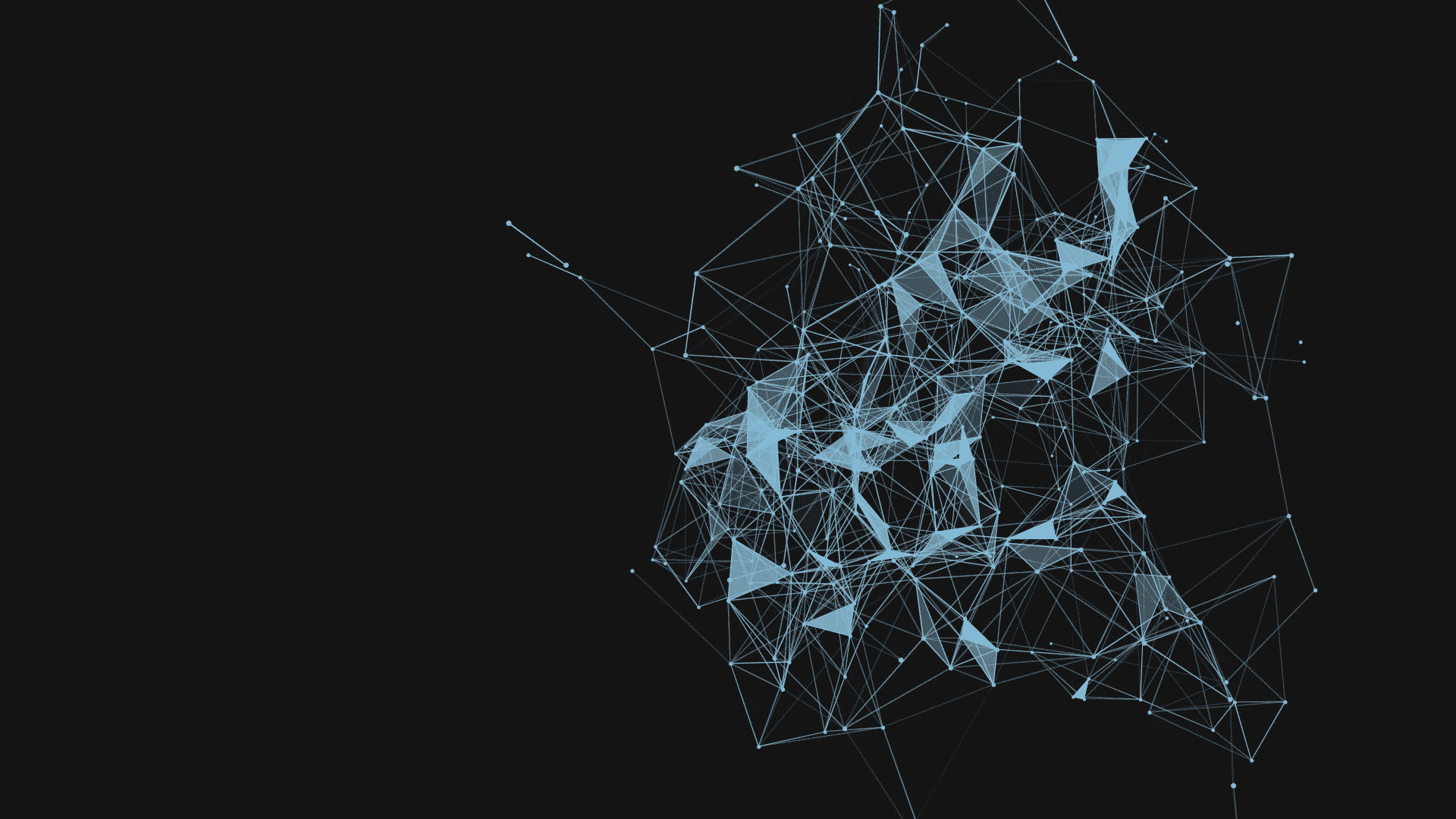
Artificial
Intelligence,
between hopes
and fears
for Humankind
Progress or nightmare? Some worry about the emergence of job-destroying intelligent robots, or even a conscious AI that would replace humanity. While others see rather a new possibility of progress for humankind. Sorting out the truth, between fantasy and reality.
The rapid progress of artificial Intelligence (AI) heralds a new era, one of machines that are capable of learning by themselves ( ) and of mimicking the human brain’s network of neurons for what is called .
Admittedly, today, AI is still limited. AI algorithms are very effective for certain specific tasks, but are far from equalling the highly diverse cognitive abilities of a small child. And such as Orange’s Djingo or Amazon’s Alexa can’t yet answer questions using natural language. But in a not too distant future we could witness the birth of a conscious machine, or .
According to Raymond Kurzweil, the father of who works for Google, this AI, possessing its own free will, will outperform humankind and be able to make even more intelligent machines. A rather chilling prospect.
Nevertheless, most scientists remain sceptical in the face of these apocalyptic forecasts, even if some respected figures of the technological world (Stephen Hawking, Elon Musk, Bill Gates) have expressed concern.
Others, however, highlight the many services that AI will provide in health (genetics, predicting cancer), transport ( , drones), education (automated learning), space (robots on Mars or other planets), banking (robo-advisors), customer service ( ), or marketing ( ).
Be it fascination or repulsion, no one is indifferent to artificial intelligence.
Scientific authorities, researchers, and company directors are tackling this issue, as is Orange who sees the promise-rich revolution that must nevertheless be of benefit to all.
A brief history of AI
In the beginning were computers. Then Alan Turing invented the test that is named after him. In 1956, the Dartmouth College workshop marked the beginning of research into artificial intelligence. Here follow the main steps of an onward march that is not yet over.
1943

The birth of computers
The first computers emerge. Built with technology that predates integrated circuits (vacuum tubes, electromechanical relays), they are inefficient.
1950

The Turing test
British mathematician Alan Turing publishes his article « Computing Machinery and Intelligence » and develops his blind-test to determine who is human and who is computer.
1950

The first machine capable of learning
Claude Shannon develops Theseus, an electromechanical mouse that is capable of learning how to find its way out of a labyrinth. Before the actual coining of the phrase "artificial intelligence", this is the first actual demonstration of a machine that is capable of learning.
1956

The Dartmouth College workshop
The Dartmouth College workshop in the United States invents the term Artificial Intelligence (AI) and results in the creation of concepts that mark the beginnings of research into AI.
1958

"List processing"
John McCarthy, co-organiser of the Dartmouth College workshop, creates computer programming language LISP (contraction of "list processing"), which facilitates AI programming.
1959

The "General Problem Solver"
Herbert Simon and Allen Newell invent the General Problem Solver, a problem-solving strategy that is well established in the field of artificial intelligence.
1965

The Eliza program
Eliza is a computer program, written by Joseph Weizenbaum, that is capable of conversing in English, taking on the role of a psychologist.
1974

The MYCIN system
MYCIN is an expert system that uses AI to identify the bacteria causing severe infections and to recommend antibiotics, adjusting dosage to the patient's body-weight.
1996

Deep Blue's victory
Chess champion Garry Kasparov is defeated by IBM's supercomputer Deep Blue. An event which proves that AI is more effective than humans in certain specific areas.
2005

Stanley the robot
In 2005, Stanley, a robot created at Stanford University, won the "DARPA Grand Challenge", driving autonomously for 131 miles on a desert track having made no prior reconnaissance.
2011

The Watson program
IBM's AI program Watson outperformed the best players on American TV quiz show Jeopardy!
2017

Chatbots
Chatter robots, or chatbots, have become ubiquitous in big brand customer services. These computer programs are capable of simulating a conversation with one or more humans using voice or text.
2018

Capsule networks
CapsNets, or capsule networks, were developed by Geoffrey Hinton, an English Canadian researcher specialising in artificial neural networks. This dynamic routing between capsules enables improved performances of visual recognition algorithms.
Did you say AI?
Artificial intelligence has been in the spotlight for several months. But what exactly does this term encompass? And just where is its progress up to?
It was the star of the second Viva Technology event in June 2017 in Paris: artificial intelligence. Hardly surprising, as pointed out by Stéphane Richard, CEO of Orange, during his keynote speech “artificial intelligence has entered a new dimension, thanks to the progress of , which has enabled it to become a much more reliable technology”.
Illustrating this statement with two figures: 75%, that was the object-recognition rate in an image in 2011; today we have reached 97%, “even when lighting is poor or the image is blurred”. As emphasized by Stéphane Richard, “this task is performed by AI with a better result and faster speed than that of any human operator”. For the boss of Orange, “we are at a decisive moment in history in terms of innovation rate and disruptive potential, in all fields.”
“We are at a decisive moment in history in terms of innovation rate and disruptive potential, in all fields.”
Stéphane Richard, CEO of Orange
But what exactly is this AI that is making headlines and raising as many questions as it is hopes or fears? Nicolas Demassieux, Research Director at Orange, sets the scene: “AI aims to reproduce the cognitive capabilities of the human being using algorithms and computers”. According to Jean-Gabriel Ganascia, a professor at the Pierre and Marie Curie University and a researcher at the CNRS (the French National Centre for Scientific Research), speaking at the latest Futur en Seine Festival in June 2017, “the term was introduced in 1956 by two young mathematicians who had the idea to study intelligence with computers, which had made their appearance ten years previously. Their aim: to break down intelligence into elementary functions and simulate each function with a computer. For example: reasoning, object-recognition in images, natural language, etc.”
Deep learning and machine learning
The two researchers were John McCarthy from Dartmouth College and Marvin Minsky from Harvard. Together, with Nathaniel Rochester of IBM and Claude Shannon of Bell Telephone Laboratories, that year they organised a workshop at Dartmouth College, a private university in New-Hampshire (United States). It was the start of research into artificial intelligence. “An attempt will be made to find how to make machines use language, form abstractions and concepts, solve kinds of problems now reserved for humans, and improve themselves.”, wrote John McCarthy at the time.
Before this founding workshop, the English mathematician Alan Turing had developed his famous test, described in his paper Computing machinery and intelligence. It was about a human conversing with other humans and a computer. If the person could not differentiate the humans from the machine, then the latter had passed the test.
The recent emergence of deep learning techniques and of machine learning are causing algorithm performances to soar.
However, for several decades, research was at a standstill, with no further major discoveries. That is until the recent acceleration from techniques towards techniques of , which caused algorithm performances to soar and enabled them to tackle much more complex tasks.
Deep learning uses the notion of formal neural networks, i.e. the mathematical and computer representation of a biological neuron, which originated in 1943. As for , it enables a machine to adapt its behaviour based on the analysis of available data. In this way a robot can learn to walk starting with random movements, then by selecting those that enable it to move forward.
“Over the last five years we have observed an unmistakable acceleration of AI performance. For example, shape or object recognition in images. On this specific task, we can confirm that AI is better than humans”, describes Nicolas Demassieux, who has been working on artificial intelligence since the 1980s. “Frenchman Yann le Cun, Director of AI research at Facebook, proved in 2010 that, on huge quantities of images, he obtained better results with AI than with other techniques”, adds Jean-Gabriel Ganascia. And the efficiency of artificial intelligence is the same when detecting skin cancer from a histological section (an organ slice sufficiently thin to be observable under a microscope), as recently achieved by IBM’s Watson program.

AI, weak AI
But even if the progress of AI is real, it is still described as “weak”, in contrast to the “strong” and self-conscious AI that is predicted by transhumanists. Did you applaud Deep Blue, the computer that defeated chess champion Garry Kasparov as early as 1997? Did you hail Google’s AlphaGo program that beat the Go world champion last year? Well, sorry but they are ! As are , the automatic conversation software that you find more and more in customer relations, such as Watson for Orange Bank. Or the present in our smartphones or combined with connected speakers, such as Apple’s Siri, Microsoft’s Cortana, Amazon’s Alexa, and Orange’s Djingo. “One day we will be able to converse naturally with these assistants, but that is not yet the case”, observes Luc Julia, “father” of Apple’s Siri and now Vice President of Innovation at Samsung.
Weak maybe, but “these AIs are very efficient at fulfilling a specialist task” specifies Nicolas Demassieux. The head of research at Orange adds: “Human intelligence can do a tremendous amount of things: reason, communicate, manipulate concepts, etc. An AI that recognises a cat in a picture does not grasp the concept of cat. Current weak AI is still very very far from what a human can achieve.”
The way in which AI “thinks” is one of the problems that researchers cannot yet solve. It is what is known as the black box phenomenon.
For now artificial intelligence systems work by being fed masses of data by human operators. “But we are still missing a way to make the machine think” explains Luc Julia. The way in which AI thinks is in fact one of the problems that researchers cannot yet solve. It is what is known as the black box phenomenon: the AI executes a task perfectly once trained, but it is incapable of explaining how it achieved the result. “An AI’s experience is not communicable to a human and it does not know how to describe its reasoning”, notes Nicolas Demassieux.
Singularity? A falsehood
For now AI is therefore a set of techniques that are improving bit by bit, yet still a far cry from the conscious, immortal android of sci-fi films. Jean-Gabriel Ganascia, author of « Mythe de la Singularité » (“The Myth of Singularity”, Seuil editions), believes that the imminent emergence – Raymond Kurzweil mentions 2030 – of an omniscient and dangerous AI is “a falsehood”.
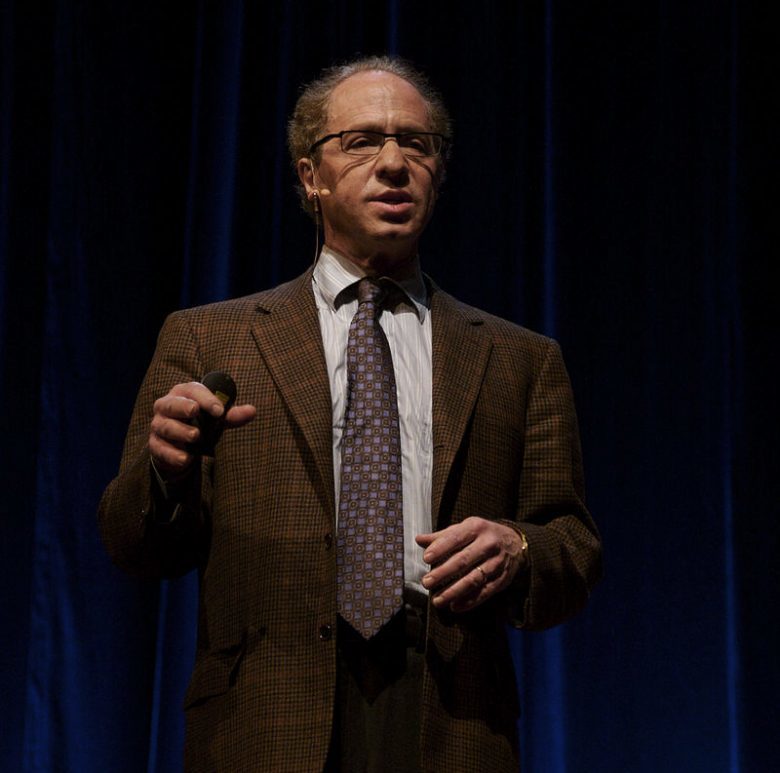
“Singularity is based on two claims, he explains. One: Moore’s law, defined in 1964 by the founder of Intel, which states that the power of processors doubles every 18 months. However the technology of silicon, of which chips are made, has physical limits. Second claim: enables AIs to teach themselves. Here again, this learning has limits. When you learn, at some point you have to introduce totally new notions, as did Galileo or Einstein. We do not know how a machine can establish these new paradigms of its own accord.”
Nevertheless this perfectible technology has started to revolutionise our way of life, and will continue to do so in the future, with the programmed arrival of , surgeon robots, lawyer algorithms, or virtual butlers. At Viva Technology, Stéphane Richard reminded us that “artificial intelligence offers a clear potential for growth, both for the economy and for humanity. The innovations derived from AI will become the nerve centre of businesses and of society in general, and all players must prepare themselves intellectually, politically, and socially.”
12 AI changes to our lives
Smartphones, automobiles, the home, commerce, customer relations, health, and even justice, artificial intelligence is a reality in many areas of everyday life, often with real tangible benefits. A detailed review.
AI made in France?
Today artificial intelligences are American. But what about tomorrow, can we imagine AIs that are made in France? The French government recently launched France IA (for "Intelligence Artificielle"), a entire ecosystem mobilisation plan so as to establish the country's position on an issue with major stakes.
The enormous resources put into research and development over the past few years by GAFAM (Google, Apple, Facebook, Amazon, Microsoft) and IBM guarantee the American companies, mainly in the Silicon Valley, a significant lead for the time being.
For its part, China has decided to invest massively in AI and has announced a budget of 13.5 billion euros over the next three years. The Chinese internet and e-commerce giants Baidu, Tencent, and Alibaba don’t intend to let GAFAM dominate in this promising market, which is projected to reach nearly 60 billion dollars by 2025 according to a recent report from Tractica.
The stakes are high, be they for the vitality of ecosystems, for economic potentialities and employment, or for cybersecurity.
Stuck between these two economic and technological powers, France would like to find its place and also benefit from developments in AI, which some say will be the “electricity of the 21st century”.
France’s assets
The country has assets, with leading researchers such as Yann le Cun, recruited by Facebook, or Luc Julia, the father of Apple’s voice interface Siri and currently Vice President of Innovation at Samsung. Furthermore French mathematicians and engineers are renowned the world over.
Another asset: an ecosystem of sixty eight research centres. For example, an INRIA team at Nancy is working on the Orpailleur (Data and Knowledge Representation and Processing) project. At Lille, the Magnet team is working on machine learning in information networks. At the CNRS, the Artificial Intelligence and Robotics Pole (LAAS-CNRS) is studying “the functions of perception, decision, movement, action, communication, and interaction between the robot and its environment”.
“Even if on the topic of AI our industry is still far behind the major American companies, our research, for its part, is thriving”
Cédric Villani
At the Cité des Sciences et de l’Industrie on 21 March 2017 during the presentation of the plan France IA report, launched some weeks earlier in January, mathematician Cédric Villani underlined that “even if on the topic of AI our industry is still far behind the major American companies, our research, for its part, is thriving”. France IA is an initiative whose aim is to mobilise the whole of the French artificial intelligence community, with a main objective to “develop a national strategy to confirm France’s position at the forefront of AI”.
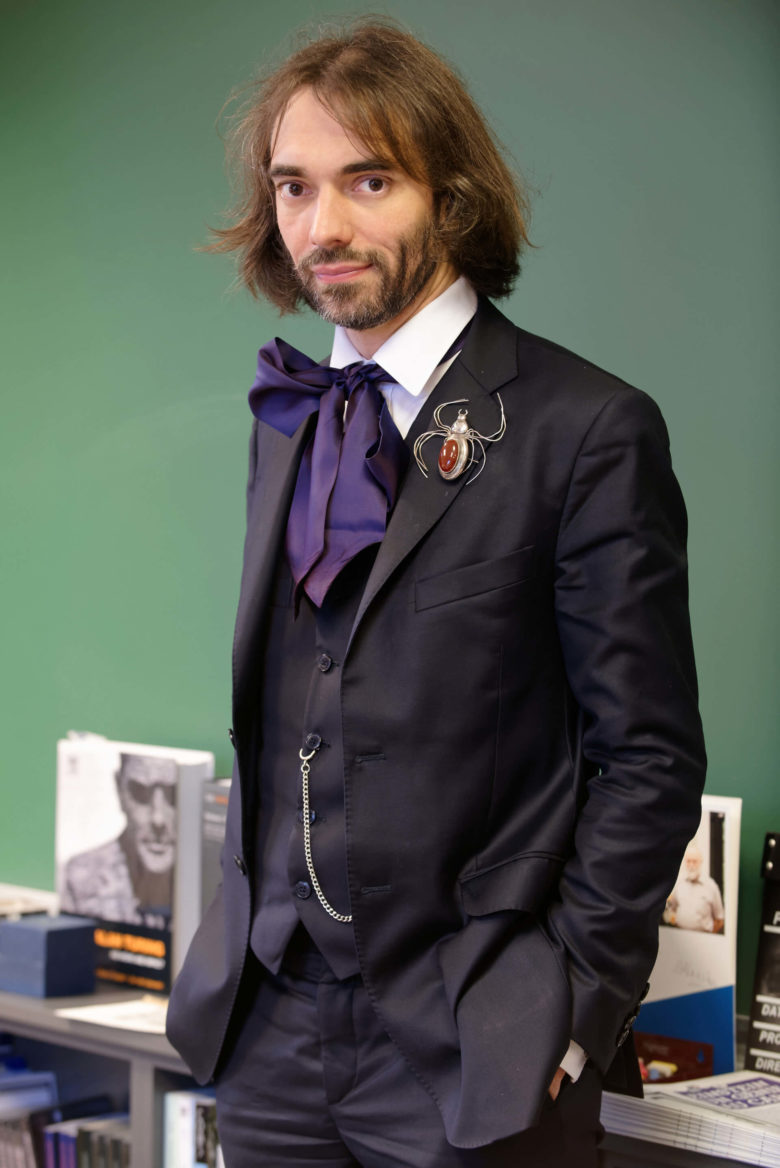
© Marie-Lan Nguyen / Wikimedia Commons / CC-BY 3.0
Ten working groups on ten key themes (research, training, autonomous vehicles, customer relations, etc.) performed a diagnosis of the French situation and an analysis of the stakes, then issued recommendations, the execution of which should contribute to “positioning France as leader of AI”.
A national AI strategy
During the Futur en Seine in June 2017, France’s new Minister for higher education, research and innovation, Frédérique Vidal, declared her wish to “mobilise over five thousand researchers, the best experts in each field, to go from concepts to Proof of Concepts (PoC) then to putting products on the market”.
On 8 September, French Prime Minister Edouard Philippe asked Mounir Mahjoubi, Secretary of State for the Digital economy, to undertake exploration work on the issues relating to new technological frontiers, so as to enable France to establish an ambitious artificial intelligence strategy by the end of 2017.
Within this framework, the Prime Minister launched the “national strategy on artificial intelligence” mission and presented a mission statement to Cédric Villani, newly elected MP for the Essonne department, to lay down the foundations of this thinking. His mission: to study the actions necessary to enable France and Europe to be at the spearhead of the artificial intelligence based economy.
The public authorities can rely on Bpifrance, the French public investment bank, who has developed an AI strategic plan. “It is not just a topic for start-ups, but also for SMEs and major groups, who must release their data, which is the motor of artificial intelligence.” explained Paul-François Fournier, director of innovation at Bpifrance.
However this Polytechnique graduate, a former senior executive at Orange, also reiterated the importance of financially supporting young AI start-ups who will otherwise go abroad: “Google purchased 70 start-ups in 18 months, the entire SBF 120 companies only 40!”
The ability of public and private players to invest in fundamental research, support the start-up ecosystem, and develop French-made operational solutions will determine the position of our country in a world where artificial intelligence will play a key role in all areas of society.
AI at Orange
Nicolas Demassieux, director of research at Orange, has confidence in France’s ability to take on and uphold a leading role in the artificial intelligence battle because “France has a very high standard of training. And the start-up fabric is currently skyrocketing”. “Here at Orange, he adds, we have been working on AI for a long time at our Rennes and Lannion centres. We have announced our virtual assistant Djingo, we are working with IBM’s Watson for Orange bank, but also internally on an optimisation AI of our network.”
Towards a new man-machine collaboration?
Transport, banking, media, health: does the arrival of non-tangible intelligences (algorithms) and tangible intelligences (robots) not announce mass layoffs and the end of work less so than does a new form of hybridisation between human and machine?
Artificial intelligence could destroy millions of jobs, replacing drivers with automatic vehicles, or lawyers with algorithms. That is what is regularly put forward in somewhat alarming reports. In 2014 Roland Berger consultants published a report according to which, robotisation could destroy 3 million jobs in France by 2025.
“AI is just a particular kind of automation of certain tasks rather than a replacement for jobs. The real problem is the speed at which these tasks change, linked to digitalisation.”
Nicolas Demassieux
Various forecasts expect nearly all socio-economic groups to be threatened: labourers, drivers, bank workers, cashiers, surgeons, journalists, lawyers, accountants, etc. Last May, the universities of Oxford and Yale published a calendar of the years when AI will outperform humans, and therefore be capable of replacing them: 2024 for translators, 2027 for truck drivers, 2031 for retail work, 2049 for writers, 2053 for surgeons. And in 2062, AI will be able to perform all human tasks more efficiently than us. Drat!
“An old story”
Some specialists are considerably less pessimistic. Nicolas Demassieux is among those. “Automation is an old story, Orange’s director of research reminds us. It started with weaving machines replacing weavers, which resulted in the Canut revolts in Lyon. It continued with computers, which put bank clerks out of work. AI is just a particular kind of automation of certain tasks rather than a replacement for jobs. The real problem is the speed at which these tasks change, linked to digitalisation.”
Jean-Gabriel Ganascia, a professor and researcher, is also sceptical about the replacement of humans by machines and puts the significance of these reports into perspective. He draws on philosopher Hannah Arendt‘s differentiation, which distinguishes labour, the activity enabling humans to survive, work, the physical implementation of the craftsperson or artist, and action, in the sense of political action politique1 .
“Painstaking work and intellectual activity, which is also repetitive, will surely be replaced, he explained during the Futur en Seine festival last June. But in the realm of works, it is necessary to possess talent, which robots do not have. And new professions will appear thanks to hybrid formations that integrate digital, and which must take place throughout life.” This computer science teacher says he is optimistic… “on the condition that we face up to the major transformations that artificial intelligence will bring about”.
The least qualified are the most threatened
Ergonomics researcher at the Orange Labs SENSE department, Mustafa Zouinar, is working on man-machine interaction. He emphasises that some studies, such as the McKinsey report, show that only 5% of human activities can be 100% automated: “it’s low-skilled jobs in a stable environment that are more likely to be affected, such as those of an assembly line in a factory.”
According to him, we are heading more towards a kind of hybridisation, where the human operator and the machine collaborate to perform a task. “Take the , for example, the driver will be able to take control at certain times, he explains. As is already the case with autopilot in planes.” A collaboration that is likely to last for a long time yet according to robotics experts because machines do not have the adaptive capacities of humans. The term , or collaborative robot, embodies this tendency.
The relationship between technological innovation and unemployment rate has been a highly controversial subject since the 1980s.
The relationship between technological innovation and unemployment rate has been a highly controversial subject since the 1980s. “An economist such as Alfred Sauvy has shown that the subject is much more complex than we think, continues Mustafa Zouinar. In the automotive industry, for example, robotisation may have destroyed jobs but it has also led to lower car prices, which in turn gives consumers more purchasing power so they buy more consumer goods, thus creating jobs in other sectors of the economy. It’s Schumpeter’s logic of creative destruction.
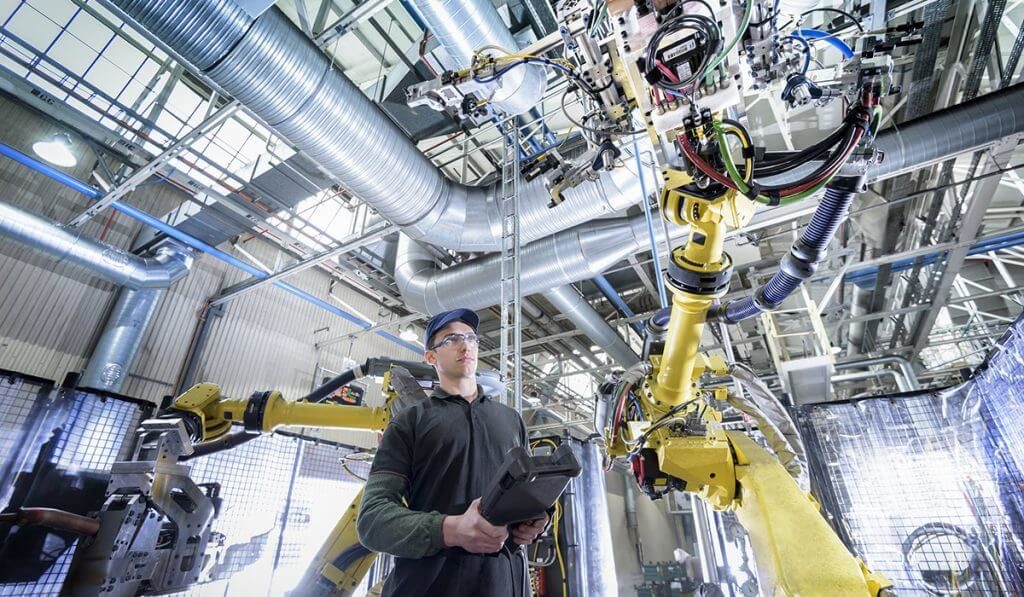
An example of CoBot
Another aspect to take into account in this global revolution is that not all societies face the arrival of AI robots in the same way. Whereas the French and Europeans suffer from the “uncanny valley” syndrome (the more a robot resembles a human, the more monstrous we find it), the Japanese are a lot less reluctant.
“I’ve just been to Japan, whose birth rate is very low and where there will be a labour shortage, Jean-Gabriel Ganascia explained to La Tribune during the Futur en Seine festival. Their approach is very different to ours. They think: with robots, we shall continue to have a competitive industry. Whereas the French and Europeans have a negative approach and are, for example, considering introducing a tax on robots.”
“In the 70s and 80s, Japan, whose natural resources are limited, invested heavily in technology and the IT industry, which appeared as a solution to its problems, which include population ageing”, confirms Mustafa Zouinar.
The job-killing AI is not a foregone conclusion but society must accompany this fourth industrial revolution.
In other words, the job-killing AI is not a foregone conclusion but society must accompany this fourth industrial revolution with a considerable effort, training and coaching people towards the new professions that will inevitably appear in the wake of these algorithms.
“We are committed to a profound transformation of human activities, including that of work, Mustafa Zouinar sums up. But progress of AI is not as swift as anticipated. In the 1950s, Herbert Simon, an economist who is considered to be one of the fathers of artificial intelligence, said that in thirty years we would no longer need human translators. Sixty years down the line and we are still not there even though there has been real progress. So we are still very far from a mass destruction of jobs.”
The Human Condition, University of Chicago Press, 1958.
The Human Condition, University of Chicago Press, 1958.
Artificial intelligence, a question-making machine
Who will be responsible when the autonomous car has an accident? Will robots have a legal personality? Are predictive systems a danger to individual freedoms? Artificial intelligence raises questions relating to ethics and responsibility.
The autonomous car is expected for 2025. But even before being able to hit the road without human help thanks to artificial intelligence, it is already raising important questions of responsibility. If no one is at the wheel when there is an accident, then who will be held responsible? The manufacturer? The IT company who provided the software? Both? Likewise, if the AI chooses to hit a pedestrian to avoid a fatal accident for the occupants of the car, who will be held accountable for this decision?
“In actual fact, it isn’t the that will choose, but human agents who will have established certain algorithms and criteria, based on which, it will determine its behaviour in favour of one or other direction. But who has the legitimacy to determine these criteria? What would these be and how would they be justified?”, these are the questions raised by three researchers at the ETHICS laboratories of Lille Catholic University (« Quelle éthique pour la voiture autonome », La Tribune).
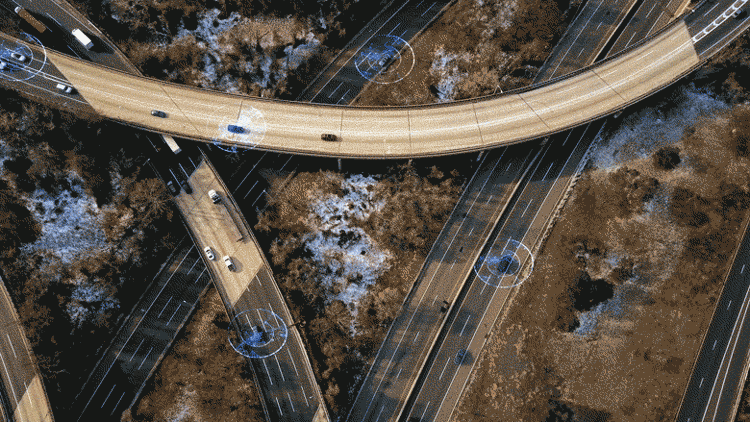
These are just a few of the ethical questions that AI is already raising, and will continue to raise as these algorithms are improved and enter all areas of our everyday lives. “In the case of the , there is no unique answer. Several parties are involved: the user, the owner of the vehicle, the car manufacturer, and the person who trained the program, as AI learns from experience. I think that it will be necessary to expedite an enquiry for each particular case.” believes Jean-Gabriel Ganascia, professor, author of publications on AI, and president of the CNRS (French National Centre for Scientific Research) ethics committee.
“Let’s start by resolving our own ethical questions before transferring them to hypothetical strong AI systems.”
Nicolas Demassieux
Is AI getting all the blame?
These questions are not specific to AI but more broadly to the digital world, emphasises Nicolas Demassieux, Director of Research at Orange. “This kind of dilemma already exists today without AI being involved: if you have a bug in ABS software and it doesn’t activate the brakes, who is responsible, the manufacturer or the software provider? Wherever there is digital, questions of responsibility arise. If an automated factory releases toxic vapours in error, it’s not a question of AI, but of poorly programmed automation. And yet, here also there will be a quest for responsibility.”
“As for the , he adds, its driving performance will be superior to that of humans: we know that these smart vehicles will kill less than drivers do. When AIs are more developed and tend towards decision types that are their own, this will pose a more complex ethical problem. This question will first have to be resolved by humans. Let’s start by resolving our own ethical questions before transferring them to hypothetical systems. And after all, maybe these sophisticated AIs will suggest moral alternatives that we hadn’t even imagined.”
“We want to make the robot pay. But that’s legal fiction: the robot doesn’t have any money.”
Jean-Gabriel Ganascia
Legal fiction
These questions of ethics and responsibility in smart machines are beginning to be taken up by institutions. The European Parliament is considering voting on a resolution about the legal status of robots, following the report from Luxembourg MP Mady Delvaux. For Jean-Gabriel Ganascia, “it’s a bad thing”. “We want to make the robot pay. But that’s legal fiction: the robot doesn’t have any money, the researcher points out. It will therefore be necessary to create an insurance fund associated with the robot. Who will contribute to it? Largely the manufacturers of these machines, which will slow down innovation. Second point: this resolution is only valid for civil liability, not criminal liability. Paying in the case of an accident would save having an enquiry. However, if we are to better understand these technologies, we must without a doubt investigate into the causes of the accident caused by the robot.”
Another potential danger: predictive systems based on AIs, which enable decision-making in the place of humans, leading to non-accountability. For example, insurances could use these systems to calculate premiums. Combined with the current progress of genomics, such algorithms would generate considerable ethical problems. With terrorism becoming ever more present in our society, governments could be led to push research towards Minority Report-style facilities, to attempt to detect crimes before they even take place, or arrest someone who is becoming radicalised before their hypothetical commission of the crime. The risk is therefore not so much that the machine would replace us, but that our resistance to shoulder our responsibilities should push us into letting AIs make decisions instead of us.
Iconographic Sources
1943 computer,The National Archives (United Kingdom). Theseus Maze by Claude Shannon, 1952 – MIT Museum.
Ray Kurzweil at Stanford Singularity Summit by Roland Dobbins. Prototype Watson IBM, by Clockready.
Cédric Villani, by Marie-Lan Nguyen.




